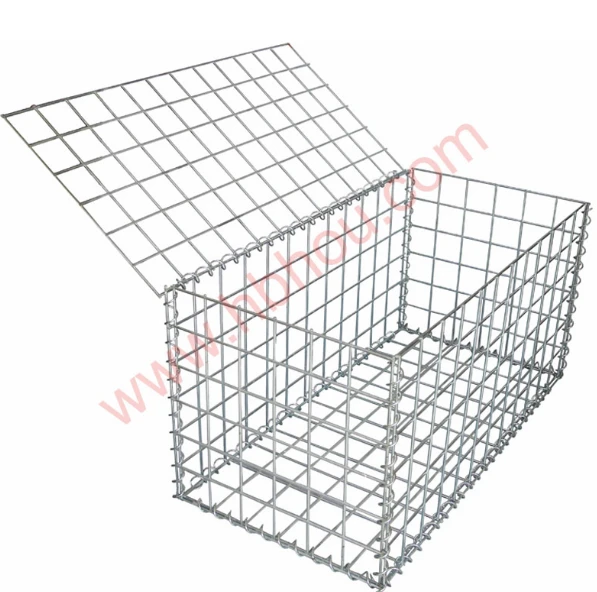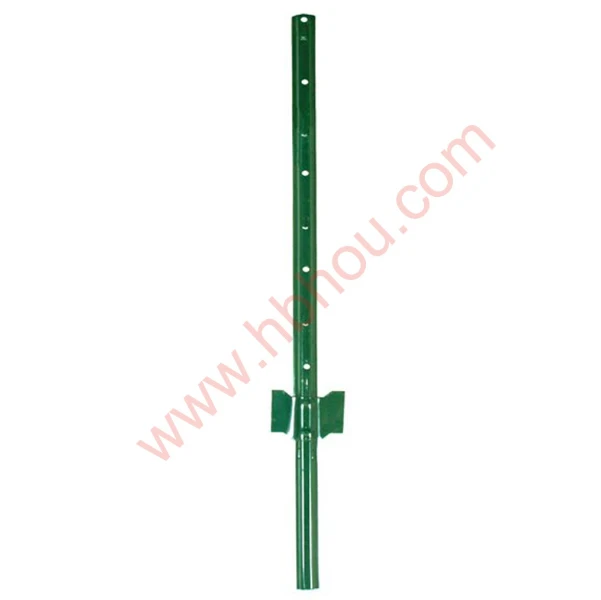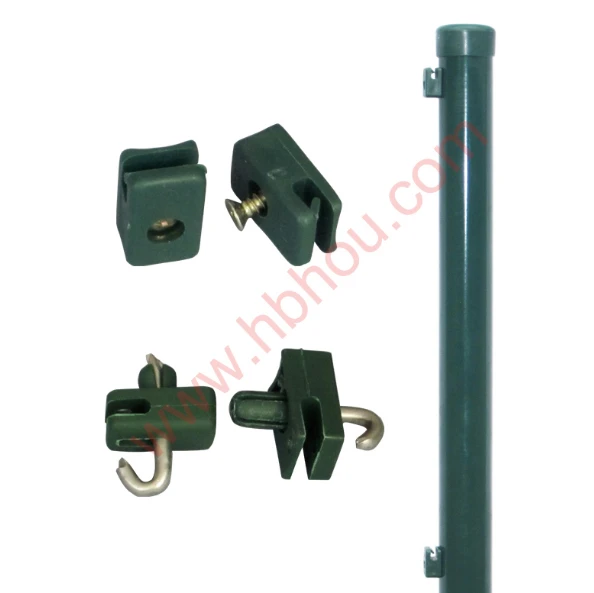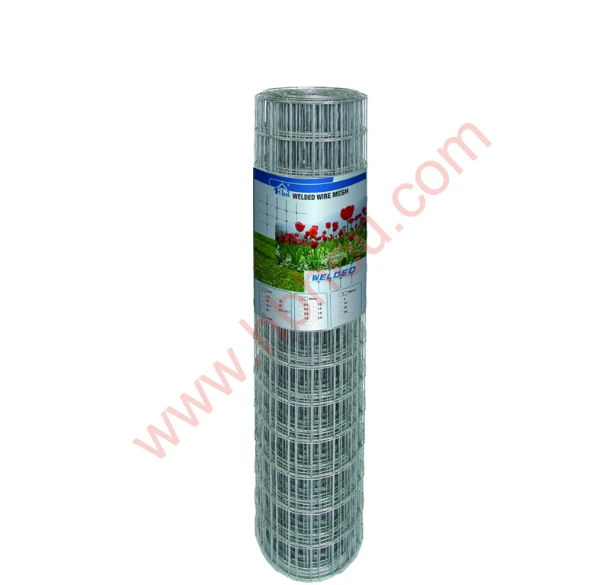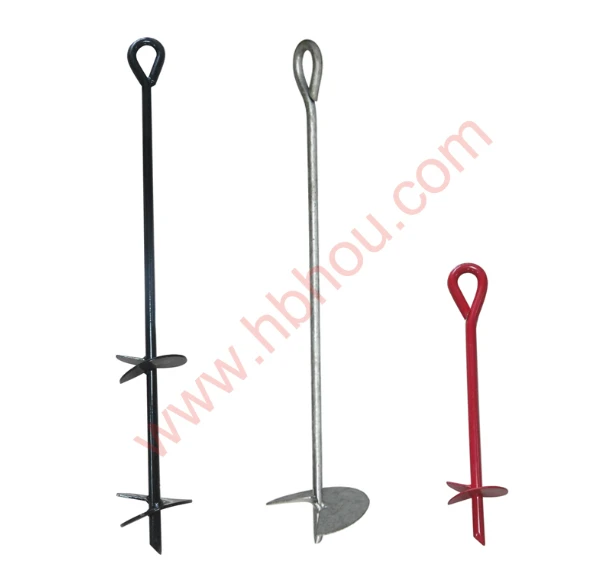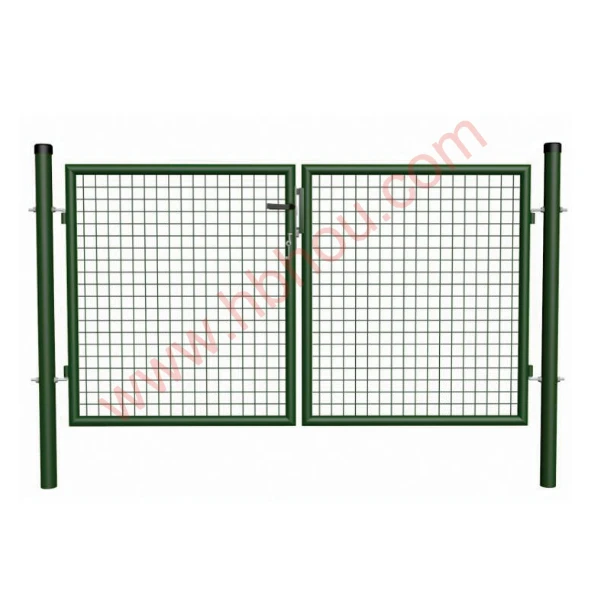The Importance of Tomato Cages in Raised Beds
Growing tomatoes can be a rewarding endeavor for any gardener, but achieving a bountiful harvest often hinges on certain practices that support healthy plant growth. Among these, the use of tomato cages in raised beds stands out as an effective strategy for enhancing yield and plant health. Understanding the benefits and proper implementation of tomato cages can significantly improve your gardening success.
What are Tomato Cages?
Tomato cages are structures designed to provide support for tomato plants as they grow. Typically made from wire or sturdy plastic, these cages help to keep the plants upright, allowing for better air circulation, sunlight exposure, and easier access for harvesting. The use of these supportive structures becomes increasingly essential when cultivating tomatoes in raised beds, where soil conditions and plant requirements differ from traditional in-ground gardens.
Benefits of Using Tomato Cages in Raised Beds
1. Enhanced Stability Raised beds are often well-draining and can be susceptible to wind erosion or disturbance. Tomato cages provide the necessary support to keep plants stable, preventing them from toppling over during storms or windy conditions.
2. Improved Airflow and Sunlight With tomato plants growing tall and sprawling, utilizing cages helps elevate the foliage. This vertical growth improves airflow around the plants, reducing the risk of diseases like blight that can thrive in humid, cramped conditions. Additionally, improved sunlight access allows for fuller and more robust fruit development.
3. Easier Maintenance Raised bed gardening can alleviate some physical strain by reducing the need to bend down. Adding tomato cages further enhances this ease of access. Gardeners can easily reach into the cages for pruning, watering, or harvesting without needing to navigate through extensive vine growth.
4. Optimized Use of Space In a raised bed, space can often be limited. Tomato cages help to take advantage of vertical space, freeing up room for companion planting on the ground. Plants like basil or marigolds can be planted alongside tomatoes, enhancing biodiversity and pest resistance.
tomato cages in raised beds
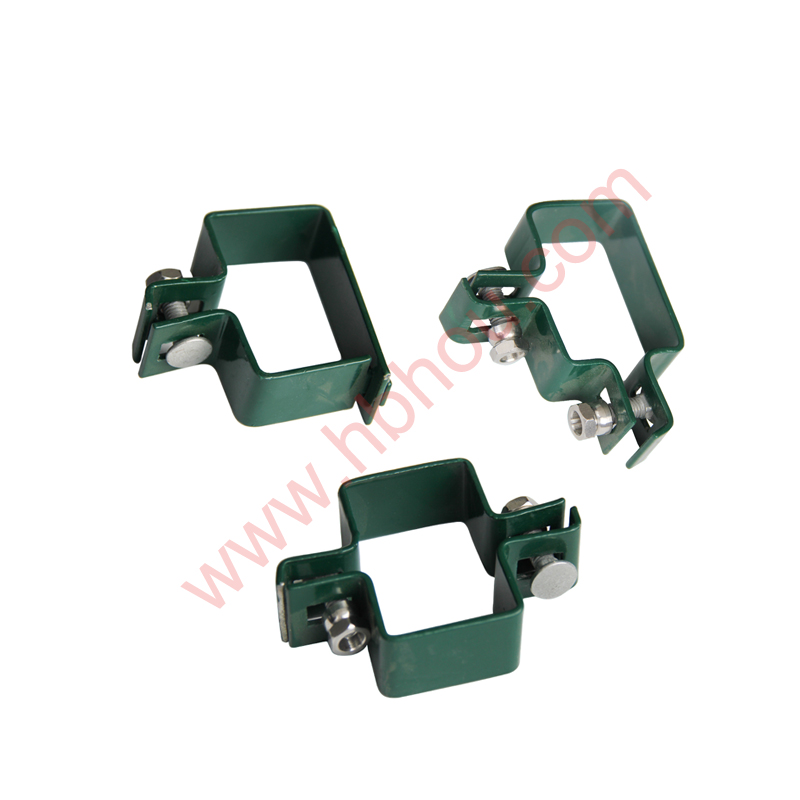
5. Increased Yield Research and anecdotal evidence suggest that plants grown with support systems tend to produce more fruit. The combination of UV light exposure, increased airflow, and healthy plant structure leads to an overall increase in tomato yield.
Best Practices for Using Tomato Cages in Raised Beds
When integrating tomato cages into your raised bed setup, consider the following best practices
- Choose the Right Cage Select cages that are sturdy and tall enough to support the variety of tomatoes you are growing. Indeterminate varieties, which continue to grow taller, may require taller cages, while determinate varieties may need shorter support.
- Positioning is Key When planting tomatoes, position the cage over the newly planted seedling early in the growth cycle. This ensures that the plant can grow naturally into the cage without the risk of damaging its structure as it matures.
- Secure the Base In raised beds, where soil is looser, it’s vital to ensure that your tomato cages remain upright. Consider anchoring the base of the cage into the ground or using additional support stakes to improve stability.
- Prune Regularly As your tomato plants grow, remember to prune them and guide them into the cages. This not only further enhances airflow but also encourages healthy growth by directing energy to fruit production.
Conclusion
Incorporating tomato cages into raised bed gardening is a simple yet effective technique that can drastically improve your tomato harvest. By providing support, enhancing sunlight access, and allowing for better maintenance practices, tomato cages help create an optimal environment for growth. As every gardener knows, the key to a successful garden lies in attention to detail and understanding your plants' needs. With the right approach, your tomatoes will flourish, leading to bountiful harvests and countless delicious meals to come.









